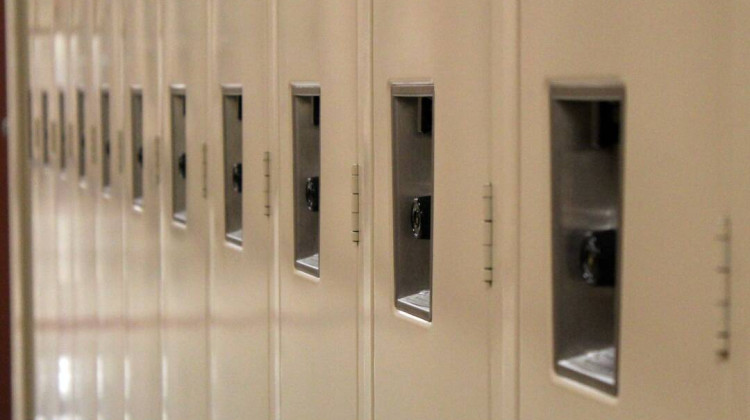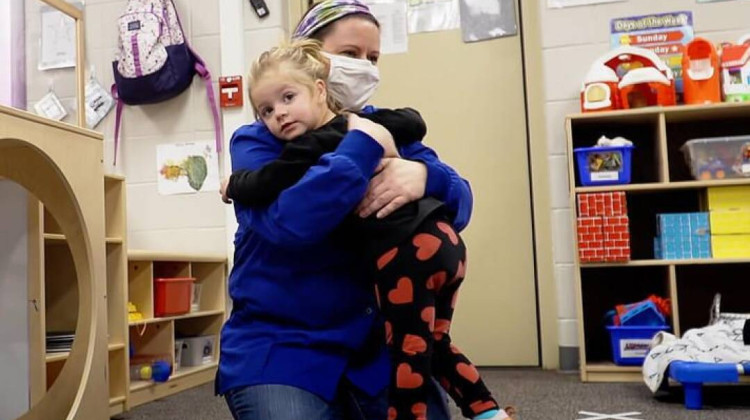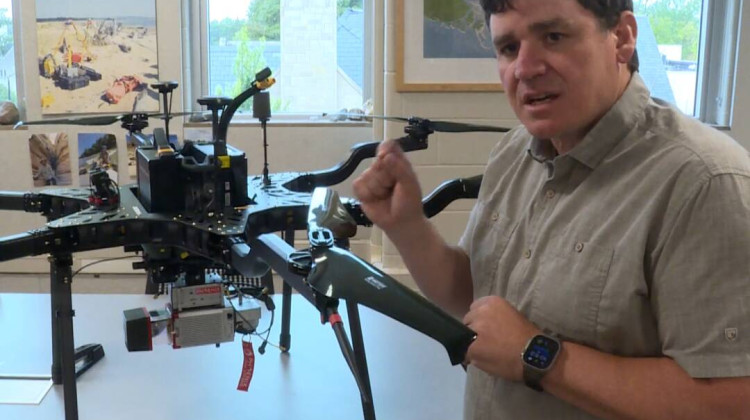Indianapolis Public Schools leaders are asking voters to approve two separate property tax referenda -- $220 million to fund teacher pay and $52 million for building safety improvements -- on the Nov. 6 ballot.
An analysis by WFYI News and SAVI, a public data program at The Polis Center at Indiana University-Purdue University Indianapolis, found homeowners on the city’s northside and downtown neighborhoods will pay the highest tax increase in the city if both IPS property tax referenda are approved.
The area with the highest median property tax increase includes the downtown neighborhoods Lockerbie Square, Chatham Arch & Mass Ave. The median annual increase for homes in that area is $307, according to the analysis. The median increase across the city for all neighborhoods is $27.
A comparison of census and home value data also found areas with the highest percentage of school-aged children will pay the least in new property taxes if the referenda pass.
Use this interactive map to view the city through different data sets or focus on a single area of the city. For map key, click the top-right button on the map.
About The Map
This map lets you explore how the referendum will impact your neighborhood. The map displays U.S. census tracts, which usually have about 4,000 residents. For each tract, you will see data about property values and the estimated new taxes property will pay.
Understanding the Data
Data about assessed value and taxes come from Indiana Department of Local Government Finance via SAVI. It is based on residential properties only and uses 2017 assessments. Data about the number of school-aged children come from the 2016 American Community Survey. Calculations for the estimated tax increase for each household are based on formulas used by IPS for its referendum calculator.
-
Median Assessed Value
2017 assessed value for the typical residential parcel in this tract. Half are worth more, half are worth less. The value excludes commercial and other properties. -
Total Assessed Value
Combined 2017 assessed value of all residential properties in the tract. The value excludes commercial and other properties. -
Median Tax Increase
Amount of new taxes the typical household will owe if both referenda pass. Half will owe more, half will owe less. Neighborhoods with higher home values will pay more. The value excludes commercial and other properties. -
Total Tax Increase
Amount of new taxes raised from all households combined. Neighborhoods with higher home values and more households will generate more taxes. The value excludes commercial and other properties. -
Percent School-Aged Children
Population between the ages of 5-17 as a percent of the total population in a neighborhood. This comes from the 2016 American Community Survey 5-year averages. These children live in the neighborhood, but they may not attend public school, and they may attend school in another neighborhood or district other than IPS. -
Total School-Aged Children
Population between the ages of 5-17 in a neighborhood. This comes from the 2016 American Community Survey 5-year averages. These children live in the neighborhood, but they may not attend public school, and they may attend school in another neighborhood or district other than IPS.
Assumptions
Calculating taxes is complicated, and these are only estimates. For our calculations, we used the same assumptions that IPS used in their online calculator.
For homestead parcels, we have applied homestead credits, supplemental homestead credits, and mortgage deductions. We applied these credits to the portion of the parcel's value that was eligible for one percent property tax caps, assuming these to be homesteads.
This analysis only includes census tracts that significantly overlap with the IPS district boundary. We report numbers on the entire tract, but if residents live outside the IPS district, they will not pay the additional tax levy.
The proposed tax increase is $0.2292 for every $100 of assessed value. This includes $0.0332 for capital costs and $0.1960 for operating costs.
Credits
Created by WFYI and SAVI, a program of The Polis Center at IUPUI.
 DONATE
DONATE






 Support WFYI. We can't do it without you.
Support WFYI. We can't do it without you.